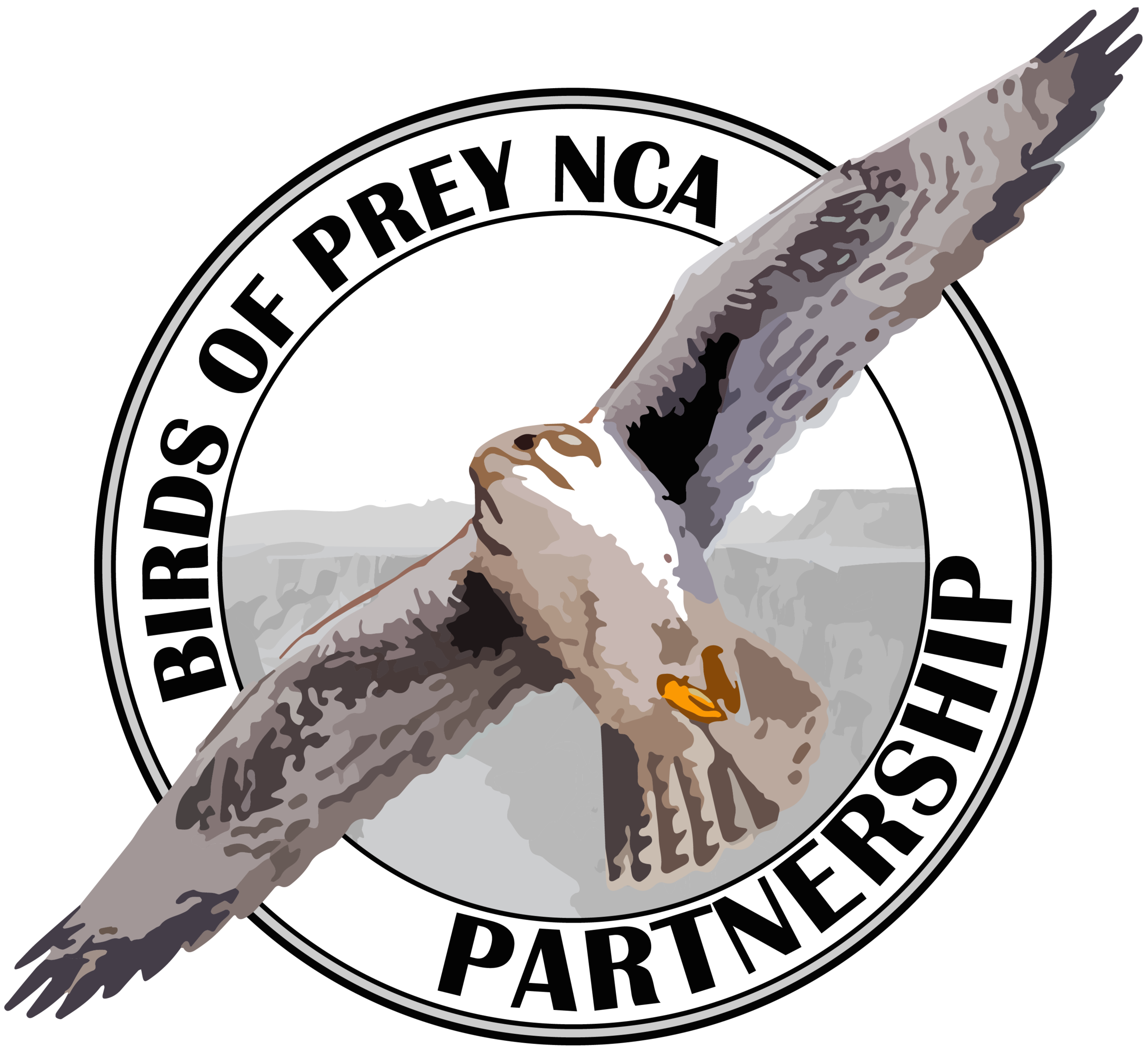NEW RESEARCH: Prairie Falcon (Falco mexicanus) Abundance in a National Conservation Area in Idaho Has Increased since the 1970s–1990s
Researchers, including our very own Director Steve Alsup, have uncovered some fantastic news in their recently published journal article. The long term data set has shown that prairie falcons have increased in abundance within the boundaries of the NCA showing that, for the moment, the area is an effective conservation refuge.
(C) Eden Sunshine
What does your research show?
Our results illustrate an area with apparently increasing numbers of this important species and highlight the importance of long-term surveys for tracking population fluctuations. These results also demonstrate the value of a national conservation area for providing raptor breeding habitat.
An important outcome from our work is that we were able to assess the relative accuracy of prairie falcon population estimates for ten years of surveys based on a stratified random sampling approach rather than through conducting surveys throughout the entire study area. This sampling approach can be utilized in some years to substantially reduce the amount of time, people, andmoney required to conduct these extensive surveys.
What do these results mean for prairie falcons in the NCA?
These results validate the long-term monitoring strategy proposed during a 2008 Raptor Monitoring Workshop for the Morley Nelson Snake River Birds of Prey National Conservation Area (NCA) that included researchers from the Bureau of Land Management, the U.S. Geological Survey, the Raptor Research Center at Boise State University, as well as additional research scientists and raptor experts. The strategy recommends that two sampling surveys and one full study area survey be completed every five years to monitor nesting prairie falcons in the NCA.
We hope that outdoor enthusiasts who recreate in the NCA will be excited to hear that at least one of the iconic raptor species that the area was established to protect is doing well, at least within the NCA boundaries and during the period that this study was conducted.
Who conducted the research?
The Raptor Research Center at Boise State University and the Forest and Rangeland Ecosystem Science Center, U. S. Geological Survey. The Idaho Division of the Military and the Bureau of Land Management providing funding and other support that facilitated this project.
What was the most surprising thing you found out?
In a time in which bird populations across the world have been increasingly shown to be in decline, we were surprised that our research showed an increase in the prairie falcon population in the NCA. However, we have not found funding to continue this important survey effort, and we will therefore not be able to detect any subsequent changes in population size until these efforts resume.
Will the increase in prairie falcons mean more human-wildlife conflict?
Most landowners do not see this species as a threat to livestock. In fact, many landowners likely appreciate that prairie falcons often prey on ground squirrels (whose burrows are often thought to injure livestock) and on European starlings (that commonly consume livestock feed at dairies and feedlots).
What do you want to study next in relation to this work?
The NCA was established by the U.S Congress in 1993 to protect raptors, their prey species, and their habitat. However, this area was determined to be an important nesting area for several iconic raptor species decades before the area was established. The NCA has been shown to be a significant stronghold for nesting prairie falcons, a species whose population status across its breeding range is not currently well understood.
We would like to see the long-term monitoring strategy for prairie falcons in the NCA suggested in the 2008 NCA Raptor Monitoring Workshop be consistently implemented. Without these survey results, researchers are not able to detect potential population changes, and land managers lack crucial data to make well-informed management and land use decisions.
We are recommending coordinated, standardized nesting surveys throughout the prairie falcon’s breeding range (southern Canada, western U.S., and northern Mexico) to assess the species’ global population status.
We hope you’re as happy as we are to read this wonderful news about our NCA!
Want to know more? You can read the full journal article here.
If you’d like to stay up to date with the research that’s happening in the NCA and the work of our partnership, subscribe to our newsletter.






